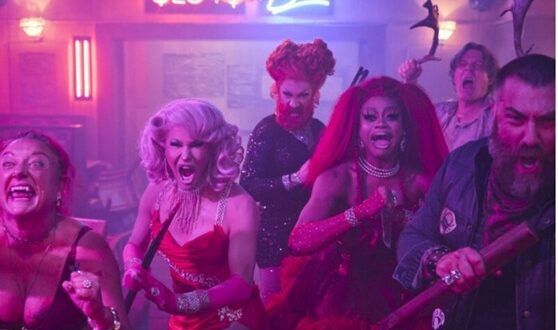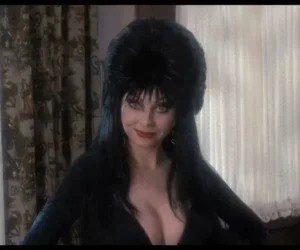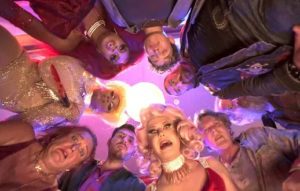The intersection of the LGBTQ+ community, particularly drag queens, and the horror genre has a rich history steeped in creativity, expression, and shared experiences. This unique partnership thrives on the celebration of individuality, the embrace of the unconventional, and the artistic freedom that both communities cherish.
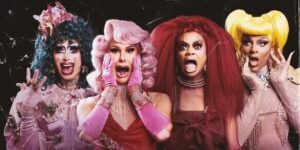
A Historical Overview
The roots of the LGBTQ+ community and the horror genre can be traced back to similar social challenges. Both groups have often been marginalized, facing discrimination, and stigmatization. In the mid-20th century, as LGBTQ+ individuals began to assert their identities, horror films emerged as a safe space to explore fear, identity, and the otherness that both communities experience.
In the 1970s and 1980s, with the rise of the LGBTQ+ rights movement, horror films began to reflect these struggles. Movies like The Rocky Horror Picture Show, released in 1975, became cultural phenomenon that celebrated gender fluidity and self-expression. The campy elements of the film resonated deeply with drag culture, leading to a joining of fandoms.
The Camp Aesthetic
One of the most significant aspects of the relationship between drag and horror is the camp aesthetic. Camp embraces exaggerated, over-the-top styles and performances, which are hallmarks of both drag shows and classic horror movies. This shared appreciation for the theatrical allows for a blending of styles, where drag queens can embody iconic horror characters, and horror films can playfully incorporate elements of drag.
For instance, many drag performers pay homage to classic horror icons like Elvira, the Mistress of the Dark, or characters from films such as Psycho (1960) and The Shining (1980). This playful reinterpretation not only entertains but also challenges societal norms about beauty, gender, and fear.
Community and Celebration
Both the LGBTQ+ and horror communities thrive on a sense of belonging. Pride events and horror conventions often feature drag performances, highlighting the intersection of these worlds. Spaces like drag brunches, horror-themed parties, and film festivals create environments where individuals can express themselves freely, celebrate their identities, and find common ground.
The collaborative spirit is evident in events like Dragula, a competition show that blends drag and horror, showcasing performers who embody dark themes and aesthetics. This show has become a platform for diverse drag artists to explore their identities while engaging with horror culture, further solidifying the bond between these communities.
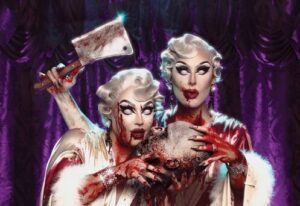
Empowerment Through Storytelling
Horror often serves as a metaphor for society’s fears and anxieties, making it a powerful storytelling tool for LGBTQ+ narratives. Many horror films highlight the struggles of being an outsider, mirroring the experiences of LGBTQ+ individuals. By embracing horror, the community can confront fears, challenge stereotypes, and reclaim narratives that have historically marginalized them.
Drag queens often use their performances to comment on societal issues, including those faced by the LGBTQ+ community. Through horror-themed drag acts, performers can address themes of identity, acceptance, and resilience while entertaining audiences.
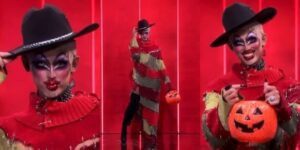
Conclusion
The collaboration between the LGBTQ+ community, especially drag queens, and the horror genre is a celebration of diversity, creativity, and empowerment. From shared histories of marginalization to the campy aesthetics that unite them, both communities provide a vibrant space for self-expression and acceptance. As they continue to inspire each other, the bond between drag and horror will undoubtedly thrive, proving that fear and fabulousness can coexist in the most beautiful ways.
 PopHorror Let's Get Scared
PopHorror Let's Get Scared
